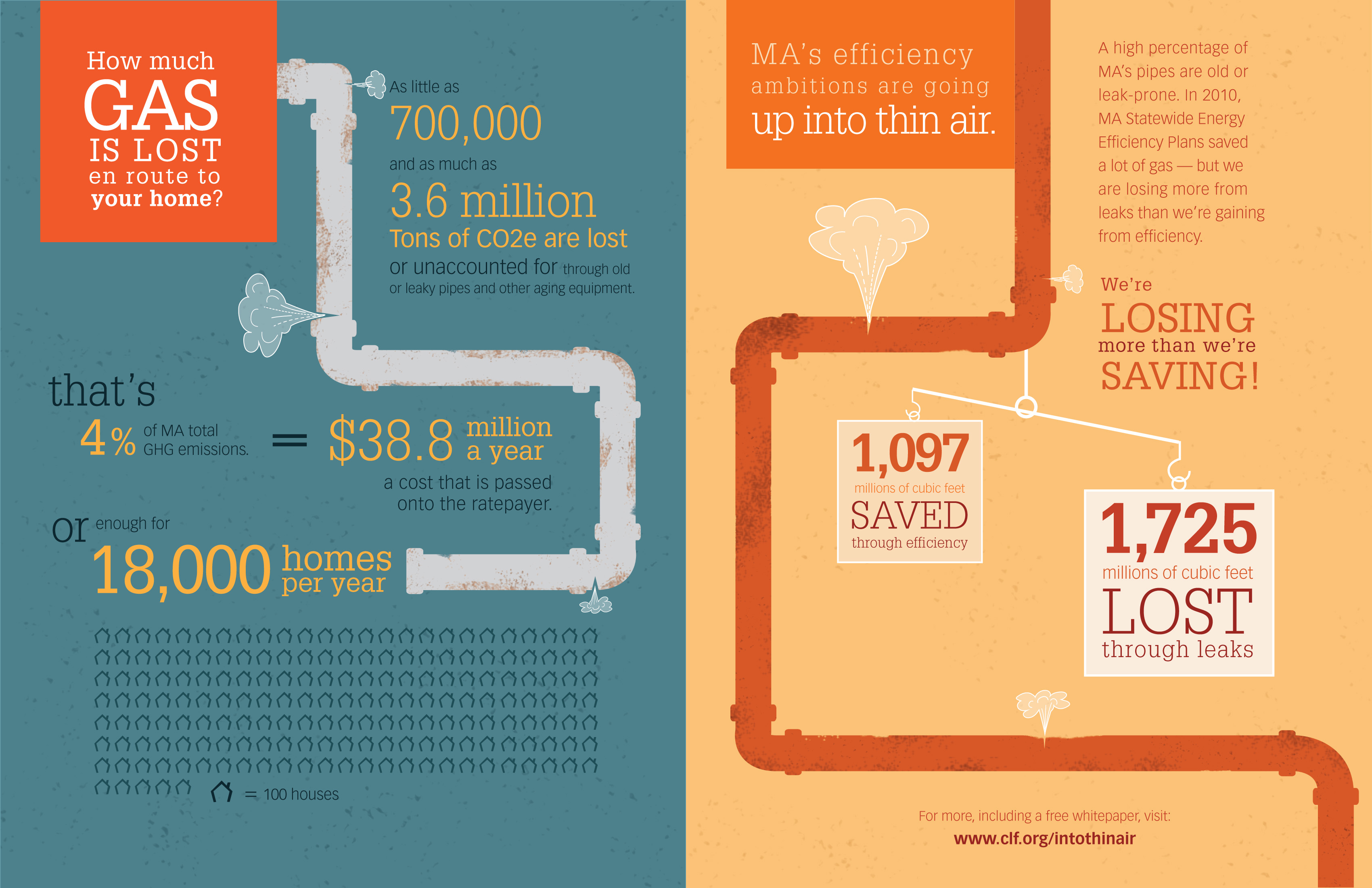Neglecting Roof Covering Ventilation Can Result In Costly Repair Services; Discover The Vital Considerations That Make Certain Reliable Installation And Preserve Your Investment
Neglecting Roof Covering Ventilation Can Result In Costly Repair Services; Discover The Vital Considerations That Make Certain Reliable Installation And Preserve Your Investment
Blog Article
Short Article Written By-Thorpe copyright
When you're tackling a roof task, you could not believe much about roof air flow, yet it's even more essential than you realize. Efficient air flow aids regulate temperature and dampness in your attic, protecting against troubles like mold and mildew and structural damages. By understanding just how to design and mount a balanced air flow system, you can improve power effectiveness and extend the life expectancy of your roof covering products. So, what are the key elements to consider during installment that can make all the difference?
Importance of Roofing Ventilation
Roof covering air flow plays a critical duty in preserving the overall health of your home. By permitting fresh air to distribute through your attic room, it aids control temperature level and dampness degrees. This balance is essential to prevent heat build-up during hot months, which can result in boosted power expenses as your air conditioning works overtime.
In addition, appropriate air flow substantially decreases the threat of moisture-related concerns like mold and mildew and mold. If moisture degrees rise, your home's architectural honesty can be compromised, bring about pricey repair services. You would not intend to handle rotting wood or distorted roofing products, right?
In addition, adequate air flow prolongs the life-span of your roofing system. When heat and dampness are kept in check, your roofing can do efficiently, preventing early wear and tear. This means less frustrations and costs down the line.
Exactly How Roof Covering Ventilation Works
Effective roofing system ventilation counts on the all-natural movement of air to develop a balance between intake and exhaust. When you install vents, you're essentially permitting fresh air to enter your attic room while allowing hot, stagnant air to get away. This process assists manage temperature level and dampness levels, avoiding concerns like mold and mildew growth and roofing system damage.
Intake vents, normally located at the eaves, draw in trendy air from outside. On the other hand, exhaust vents, located near the ridge of the roof covering, let hot air rise and leave. The difference in temperature creates a natural air flow, called the stack effect. As warm air surges, it creates a vacuum that pulls in cooler air from the lower vents.
To optimize this system, you require to make certain that the intake and exhaust vents are effectively sized and positioned. If the intake is limited, you won't attain the preferred air flow.
Also, not enough exhaust can catch warm and dampness, causing possible damage.
Secret Setup Considerations
When mounting roof ventilation, numerous essential considerations can make or break your system's effectiveness. Initially, you need to analyze your roofing's design. The pitch, shape, and materials all influence air flow and ventilation option. Make certain to choose vents that fit your roofing kind and neighborhood climate conditions.
Next, think about the positioning of your vents. Ideally, you'll desire a well balanced system with intake and exhaust vents positioned for ideal air flow. Location consumption vents low on the roofing system and exhaust vents near the peak to motivate an all-natural circulation of air. This arrangement assists protect against dampness build-up and promotes energy effectiveness.
Don't forget insulation. flooring san antonio tx in your attic prevents warmth from getting away and keeps your home comfortable. Make sure that insulation does not block your vents, as this can hinder air flow.
Finally, think of upkeep. Choose please click the following web site that are simple to accessibility for cleansing and evaluation. Regular upkeep ensures your system continues to function successfully in time.
Conclusion
Finally, roofing air flow is essential for a successful installment. By ensuring proper air flow, you can stop heat accumulation and wetness concerns that lead to pricey damages. When you tactically setting consumption and exhaust vents, you improve energy effectiveness and extend the life-span of your roofing. Bear in mind, a well-ventilated roofing not only shields your investment however also boosts your indoor air top quality. So, prioritize ventilation to make certain a durable and cost-efficient roof for your home.
